EnergySolutions Models Success in D&D
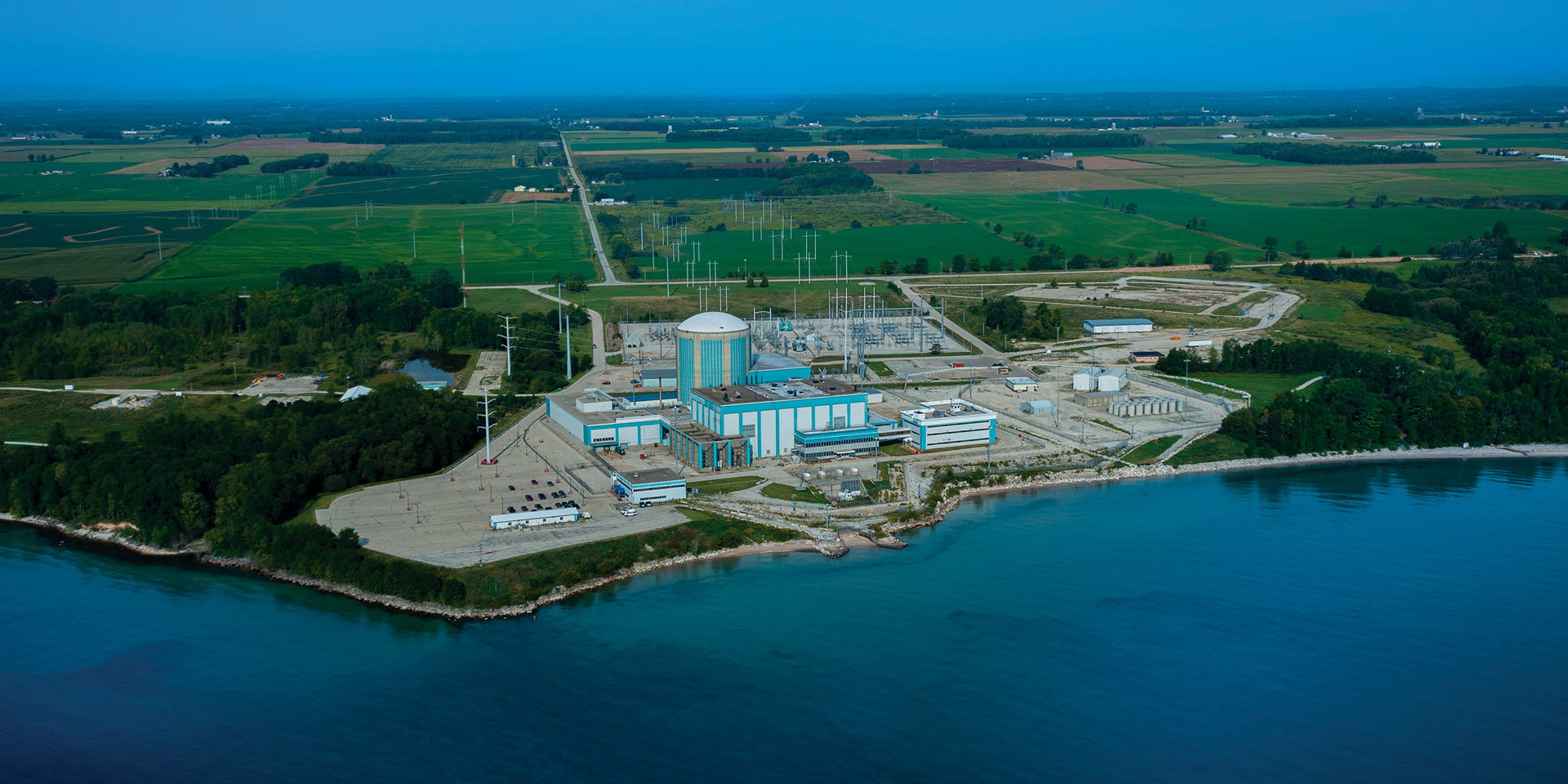
Contrary to what some believe, the nuclear industry, far from fading into the past, is experiencing an ongoing evolution. New generations of nuclear power technologies move closer to reality, while traditional nuclear generators are reaching retirement and entering decommissioning. As research on Small Modular Reactors (SMR) advances, prototype production is in full swing with the potential for SMRs to eventually replace the current fleet. And while technology advances, so do markets seeking to deal with the challenge of climate change in the face of the retirement of the currently operating nuclear power plants in the U.S. In an exceptional recent win for nuclear power, the Illinois legislature approved $700 million in subsidies for the Byron and Dresden nuclear stations over the next five years. It remains to be seen if this will be an isolated move in today’s nuclear plant lifecycle.
Wisconsin’s Kewaunee Power Station (KPS) is the tenth facility over the past decade to announce it would enter rapid decommissioning and return the site to greenfield status ahead of schedule. In May 2021, EnergySolutions announced the stock transfer of KPS from Dominion Energy and is in the process of approval by the U.S. Nuclear Regulatory Commission (NRC) and Public Service Commission of Wisconsin. In addition to KPS, Three Mile Island Unit 2 (TMI-2), Zion, La Crosse, San Onofre Nuclear Generating Station (SONGS), Fort Calhoun, Crystal River, Pilgrim, and Vermont Yankee, comprise the full roster of U.S. nuclear power plants at various phases of decommissioning.
For much of the U.S. nuclear industry, the assumption regarding plant decommissioning was an approach known as SAFSTOR, a regulatory framework whereby the plant would be shut down and defueled, essentially put into a static, “hibernated” state with final decontamination and decommissioning occurring as much as fifty years later.
As the industry evolved, it became clear that early decommissioning—rather than SAFSTOR—was more attractive to all stakeholders (e.g., owners, licensees, regulators, communities, etc.). In a few early cases (e.g., Trojan, Maine Yankee, Connecticut Yankee, etc.) the owner-utilities led the decommissioning efforts. As it became apparent that such endeavors were a specialized set of expertise and capability, commercial solutions emerged in the market.
There are currently three basic commercial models to decommission a nuclear power plant or reactor: License Transfer, Decommissioning General Contractor, and Asset Transfer (which, for purposes of this article, includes a stock transfer). Currently, EnergySolutions is the only company performing decommissioning under each of these models.
License Transfer Model
EnergySolutions pioneered “D&D” (decontamination and decommissioning) under the License Transfer approach in 2010, when the NRC approved the Zion Nuclear Power Station nuclear license transfer from Exelon to EnergySolutions. The License Transfer model allows accelerated decommissioning to proceed with minimal original owner involvement, but without obligating the decommissioning company with the long-term nuclear fuel liability. Thus, at the regulatory completion of D&D, the license, with its long-term fuel obligation, transitions back to the original owner. In the case of Zion, this approach advanced the restoration of the Lake Michigan property to its natural state by nearly 30 years. The physical work of the project is complete, and the NRC is currently reviewing the request for all licenses to be transferred back to Exelon.
Dairyland Power Cooperative (DPC) also executed a License Transfer agreement with EnergySolutions for the rapid decommissioning of the La Crosse Boiling Water Reactor (LBWR) in Genoa, Wisconsin. Located on the banks of the Mississippi River, this 50-Mw electrical output plant has now been successfully decommissioned, the land fully restored, and final approval to transfer the license back to Dairyland Power Cooperative is expected in early 2022.
Decommissioning General Contractor Model
In cases where the parent utility/owner of the nuclear power plant cannot transfer the nuclear plant license (due to statutory, fiduciary, or other obligations), but desires to proceed with near-term decommissioning, the Decommissioning General Contractor strategy is used. Southern California Edison (SCE) opted to use the Decommissioning General Contractor (DGC) model for SONGS. SCE contracted with a joint venture of EnergySolutions and AECOM (“SONGS Decommissioning Services”) to perform the decommissioning work. As the DGC, the ES/AECOM joint venture reports to SCE throughout project execution, but does not hold the nuclear license nor the long-term fuel liability.
Similarly, but with important distinctions, Omaha Public Power District (OPPD) opted to use the DGC model, but also created a support team of OPPD employees who would partner with the DGC company with specific execution responsibilities in the D&D effort, effectively acting as a partner to the DGC company. This model allows the utility to maintain ownership and the nuclear license (with the long-term fuel liability), and retain staff, while an experienced decommissioning company (EnergySolutions) executes decommissioning.
As the Decommissioning General Contractor, EnergySolutions is successfully decommissioning the Southwest Experimental Fast Oxide Reactor (SEFOR) located near Fayetteville, Arkansas. This three-year project, overseen by the University of Arkansas, involved the passivation and removal of all sodium, hazardous, radioactive, and non-radioactive waste; dismantlement of the entire facility; and removal of the below-grade reactor, which was safely packaged and transported for permanent disposal at a licensed facility. The SEFOR project was executed on schedule and budget and the property, rid of all radioactivity, remains with the University of Arkansas.
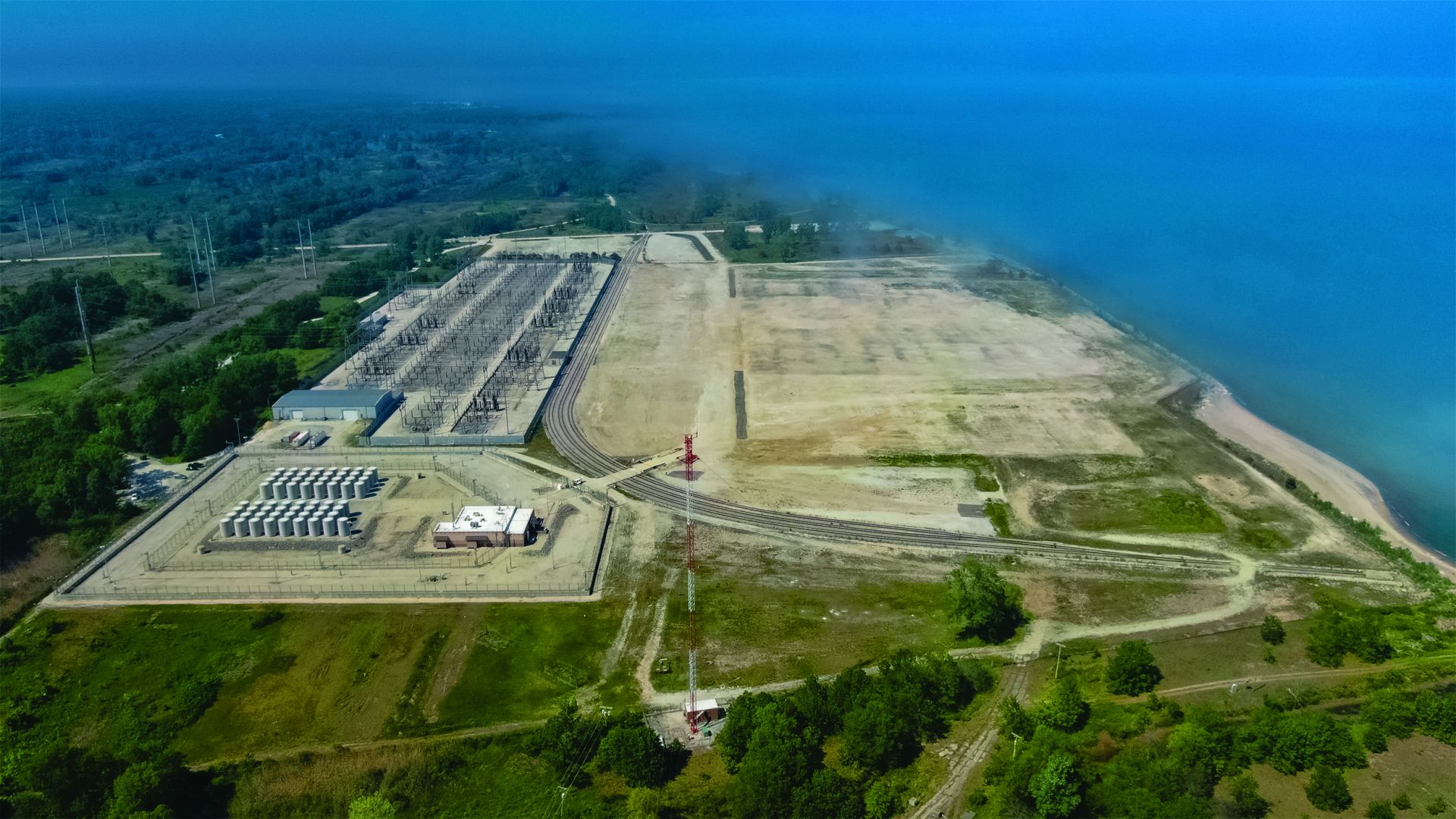
The physical work of the Zion Nuclear Power Station decommissioning project is complete, and the U.S. Nuclear Regulatory Commission is currently reviewing the request for all licenses to be transferred back to Exelon.
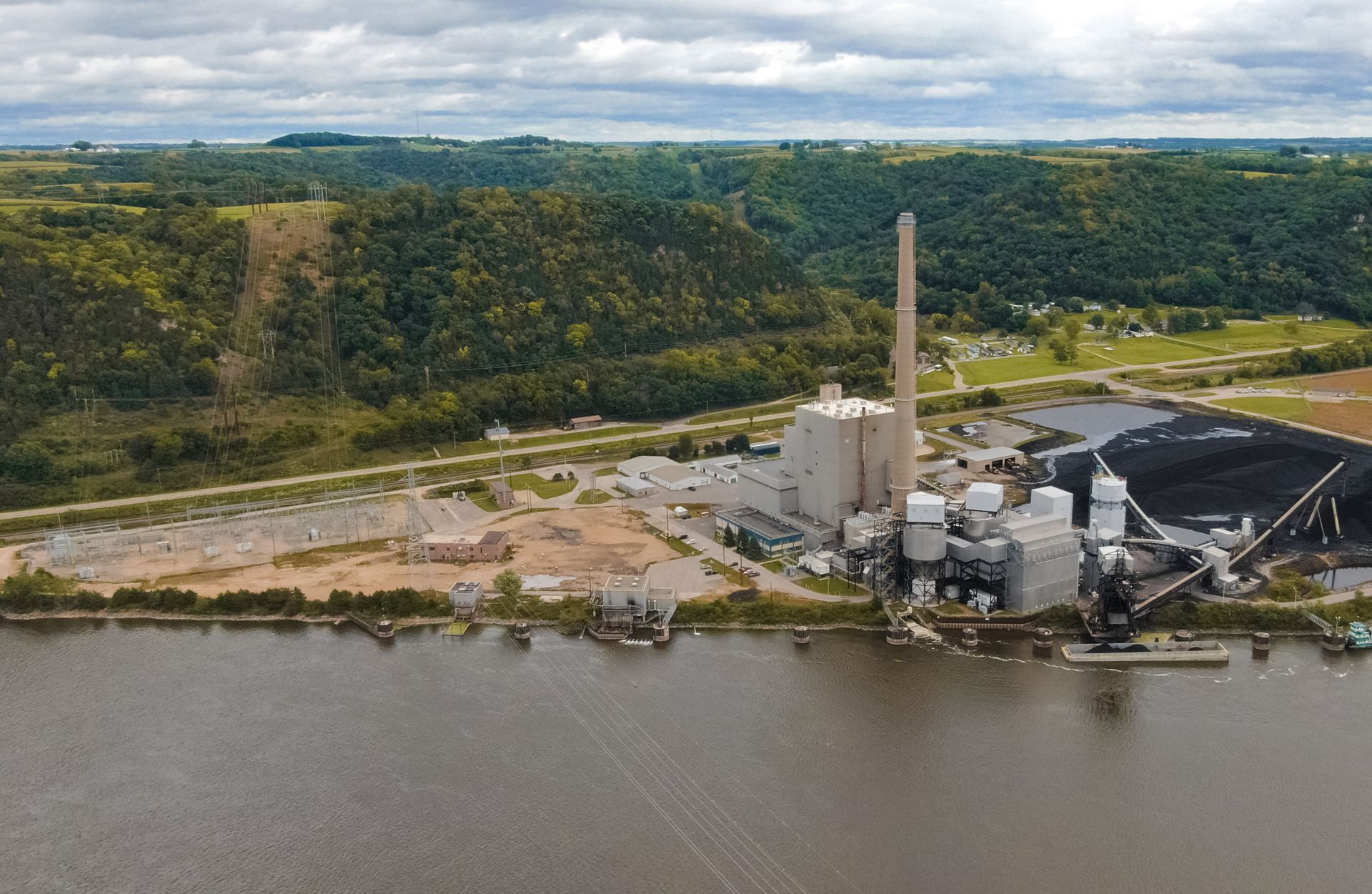
Located on the banks of the Mississippi River, the La Crosse Boiling Water Reactor has now been successfully decommissioned, the land fully restored, and final approval to transfer the license back to Dairyland Power Cooperative is expected in early 2022.
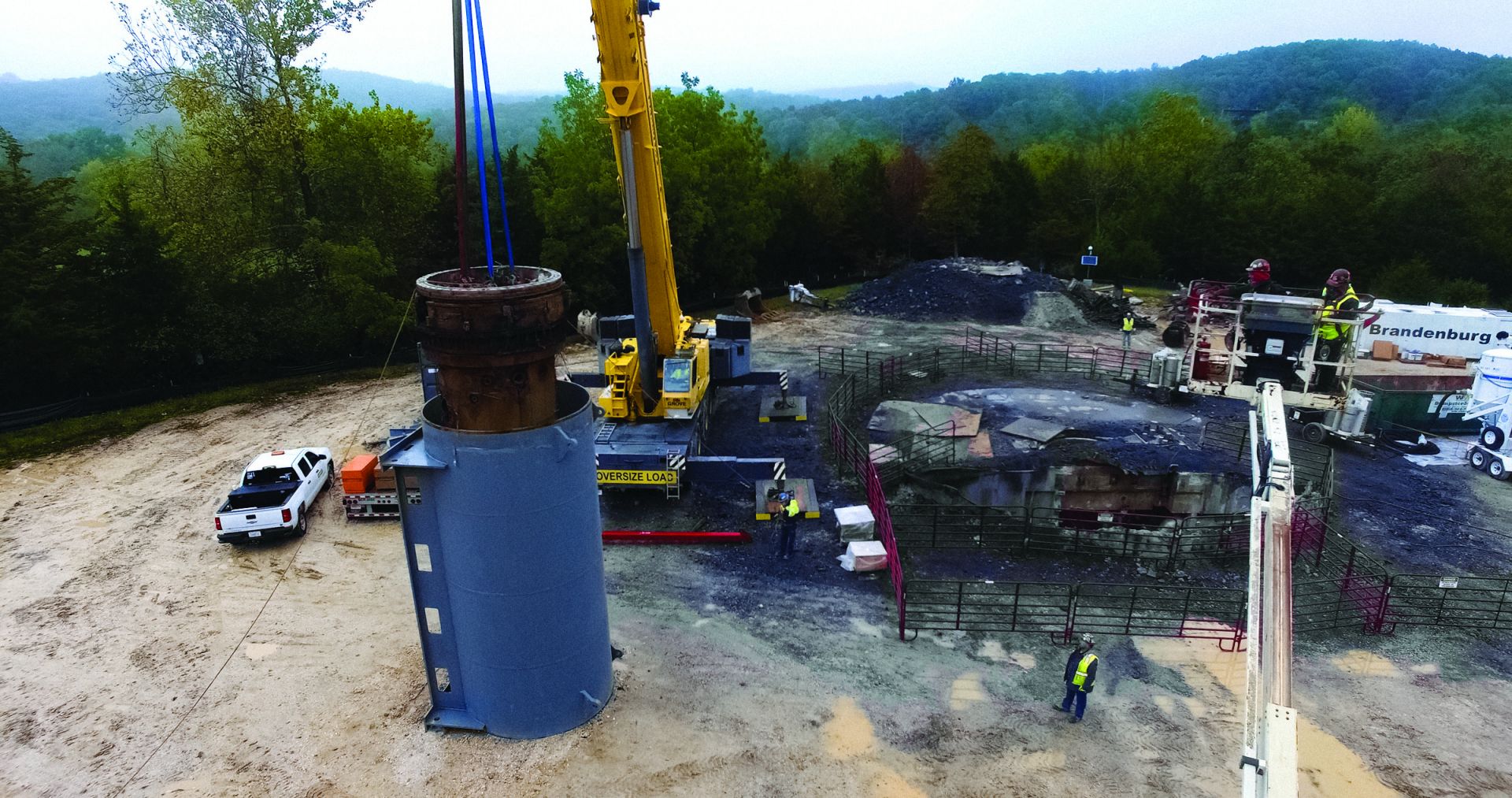
As the Decommissioning General Contractor, EnergySolutions safely removed, packaged, and transported the below-grade reactor at SEFOR for permanent disposal at a licensed facility. The project was executed on schedule and budget and the property, rid of all radioactivity, remains with the University of Arkansas.
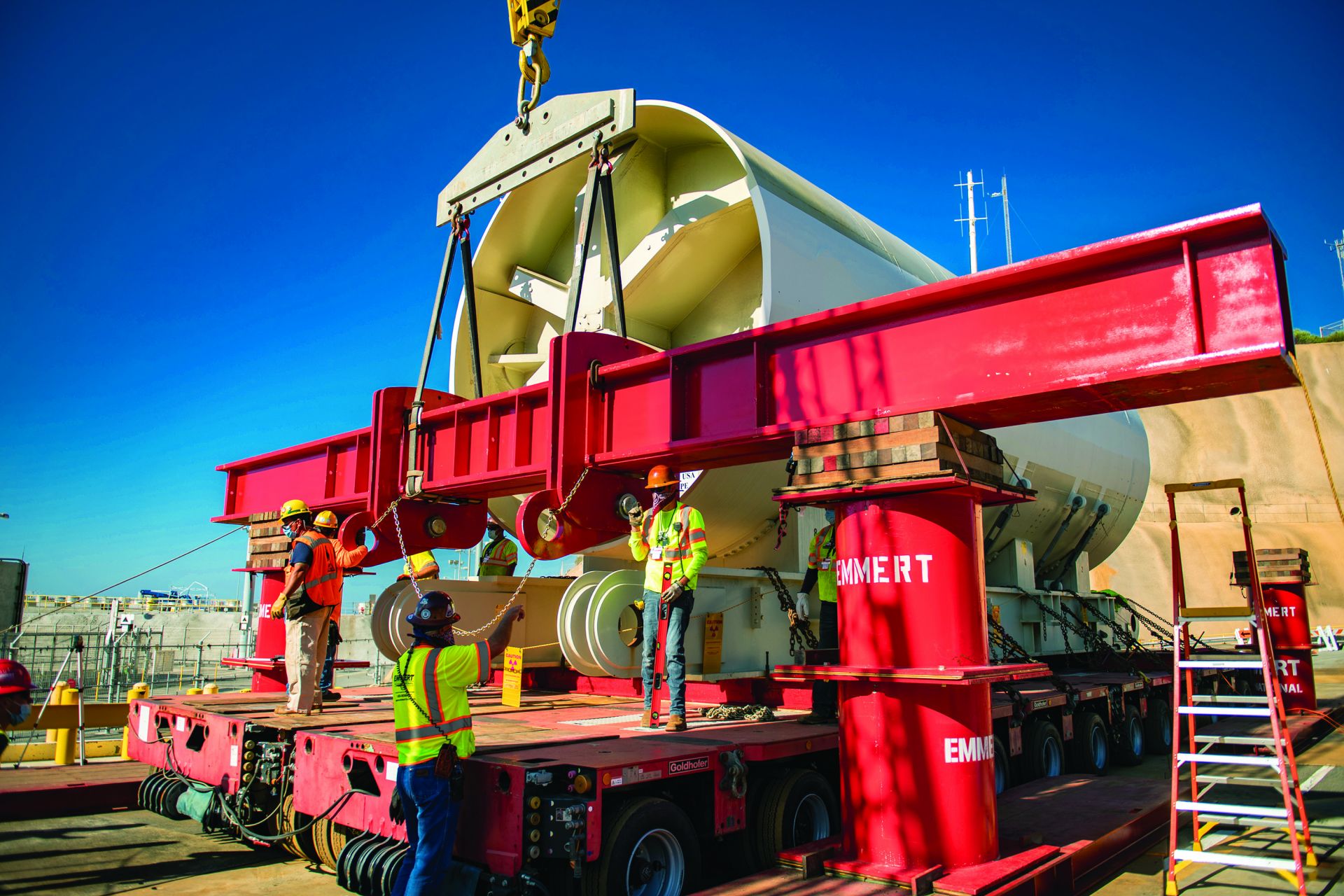
The Decommissioning General Contractor model being used at SONGS allows the utility to maintain ownership and the nuclear license (with the long-term fuel liability), and retain staff, while an experienced decommissioning company (EnergySolutions) executes decommissioning.
Asset Transfer Model
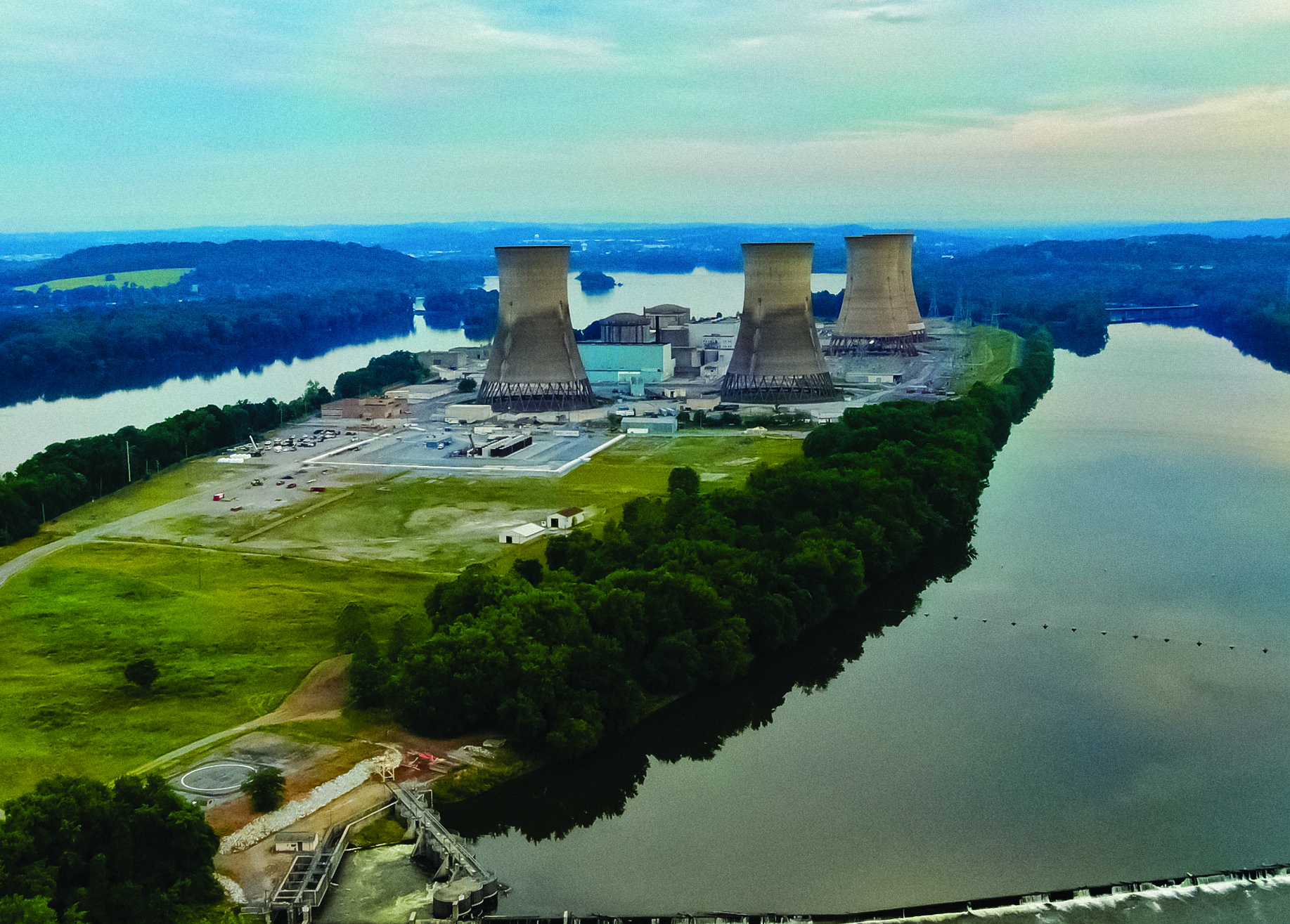
EnergySolutions successfully negotiated the asset transfer of TMI-2 from FirstEnergy in 2019.
The Asset Transfer model provides for the complete divestiture of the nuclear asset: property, equipment, license, and fuel liability. And in some cases may include transfer of employees. This approach was used at TMI-2 and at the KPS, (although the Kewaunee assets will be acquired “indirectly,” through the purchase of 100% of the stock in Dominion Energy Kewaunee, Inc. EnergySolutions successfully negotiated the asset transfer of TMI-2 from FirstEnergy in 2019. In May 2021, Dominion Energy reached stock purchase agreement with EnergySolutions for KPS. During KPS negotiations, Dominion Energy and EnergySolutions executives discussed the best approach for the approximately 50 employees still working at the shutdown plant. The stock purchase ensures the D&D process benefits from the value added by contracting for the services of employees retained by Dominion.
“We discussed the current employee situation at the plant and determined the best approach was to offer Dominion a way to keep employees in positions that need to be filled during decommissioning,” stated Ken Robuck, President and CEO of EnergySolutions. “Who knows the facility better than employees who operated the plant for decades? Offering Dominion a way to retain their employees with decommissioning jobs allows the employees to continue to live and work in the community, where many of them have spent the majority of their careers. It is a model for success and one we will consider going forward with any decommissioning project.”
The KPS sale will be finalized in early 2022. EnergySolutions has applied for a license transfer with the NRC and for approval by the Public Service Commission of Wisconsin. Upon transfer approval, EnergySolutions will immediately commence decommissioning, which it estimates will be fully executed in only eight years.
Regardless of the D&D model applied for a nuclear power plant, test reactor, or ships powered by a reactor, an experienced decommissioning company takes advantage of every opportunity to apply lessons learned and ensure safety is the culture that drives any decommissioning project.
“The key to achieve excellence in safety when completing the lifecycle of a nuclear power plant or reactor is to apply lessons learned from every project we execute,” says EnergySolutions’ Ken Robuck. “We must always maintain safety, not only as our first priority on a particular decommissioning project, but as an element embedded in our company culture, at every office and job site.”
Nuclear Ship Savannah
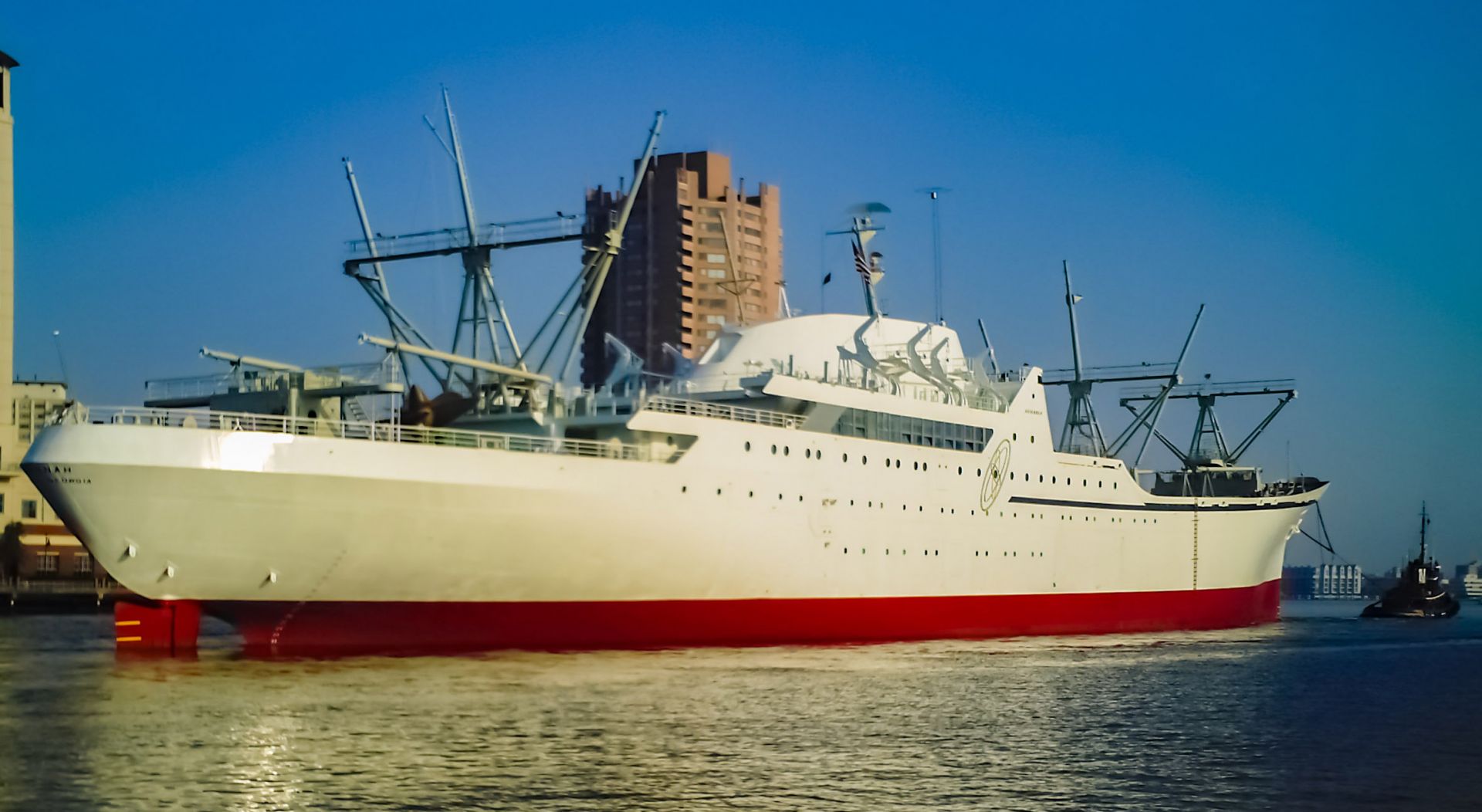
The Nuclear Ship Savannah was envisioned to be an ambassador around the world for the positive aspects of radioactive materials, including the power density of nuclear fuel. On the first core, the ship steamed over 300,000 nautical miles, or roughly twelve times around the globe.
Nuclear decommissioning is not limited to power plants on land. In the spring of 2020, Radiation Safety & Control Services, Inc. (RSCS), a New Hampshire corporation supporting the decommissioning of nuclear plants for over 25 years, announced a partnership with EnergySolutions to decommission the world’s first nuclear-powered merchant ship, the N.S. Savannah.
The Savannah was conceived and built during the Eisenhower Administration as a tangible worldwide ambassador of Atoms for Peace. The project was a joint program of the U.S. Atomic Energy Commission—which provided the ship’s nuclear power plant, fuel, and training for operators—and the Maritime Administration, which provided the ship itself and operated and maintained it on behalf of the United States. In eight years of service from 1962 to 1970, the ship sailed some 455,000 nautical miles, traveled to over 40 foreign and 30 domestic ports, and was visited by over 1.4 million persons.
The program had two major purposes which it satisfied completely; first, to demonstrate the nation’s intent to use nuclear technology for peaceful, non-military purposes; and second, to explore the technical and administrative questions associated with employing nuclear powered merchant ships in international commerce. Although only three other nuclear merchant ships have been built since Savannah (one of which, the Russian arctic barge carrier Sevmorput, is still in service), the lessons learned remain applicable should the significant economic challenges to commercial nuclear shipping ever be met.
The ship’s nuclear power plant is a Babcock & Wilcox pressurized water reactor designed to civilian standards using low-enriched uranium. The design was unusual for its time as it was designed to be refueled from the top of the reactor vessel. The 80-Mw reactor is a tall, narrow cylinder, housed in a cylindrical containment vessel with rounded ends and a 14-foot (4.3 m) diameter vertical cylindrical projection (cupola) housing the control rod drives. In addition to the reactor vessel and control rod drive tower, the 50-foot (15 m) long containment vessel houses the pressurizer, two horizontal steam generators and primary coolant loops, and many of the auxiliary systems and equipment. The reactor was refueled (shuffled) once, in 1968. On the first core, the ship steamed over 300,000 nautical miles, or roughly twelve times around the world.
Savannah received its operating license from the AEC in 1965. A dedicated servicing facility was located in Galveston, Texas, where the ship was refueled and later defueled. Savannah made its last voyage in November 1970, and the plant was defueled in 1971. The plant was further modified under the NRC’s 1974 mothballing protective storage criteria and received a possession-only license in 1976. The exceptional significance of Savannah to the nation’s heritage was recognized as early as 1971, in the first formal surveys made after the passage of the 1966 National Historic Preservation Act.
In 1983, Savannah was placed on the National Register of Historic Places and was also named a mechanical engineering landmark by the American Society of Mechanical Engineers. In 1991, the ship was named a nuclear landmark by the American Nuclear Society, and a National Historic Landmark by the U.S. National Park Service. From 1981 to 1994, Savannah was used as a museum ship at the Patriots Pont Naval and Maritime Museum near Charleston, South Carolina.
Throughout its life, Savannah has been owned and maintained by the Maritime Administration (MARAD), originally as part of the U.S. Department of Commerce, and since 1981 as part of the U.S. DOT. When Savannah was returned to MARAD in 1994, the ship was placed into long-term retention at the agency’s James River Reserve Fleet. MARAD expected to keep Savannah there until at least 2025; however, after the events of 9/11, a decision was made to advance decommissioning.
Funding for the project was long in coming, but in 2017 MARAD was able to begin its first decommissioning phase, which included advance and detailed planning, outfitting of the ship, and minor dismantlement of outlying components and equipment. Phases II and III of the project include industrial dismantlement inside the Reactor Compartment, waste material handling and disposal, and license termination. Using an approach similar to the decommissioning general contractor, MARAD awarded an integrated decommissioning and license termination services contract to the joint venture formed by RSCS and EnergySolutions. Known as “Nuclear Ship Support Services, LLC” (NSSS), the contractor will perform the Phase II decommissioning (expected to be complete in mid-2023) and Phase III License Termination (expected to be complete in 2025) activities.
As with all licensed facilities, the NRC will control and oversee the decommissioning and license termination processes. Decommissioning activities include safely removing the control rod drive system, pressurizer, reactor pressure vessel, neutron shield tank, steam generators, primary system piping, and outlying equipment. With some exceptions, these materials are considered LLRW and will be disposed of at the EnergySolutions’ Clive, Utah, LLRW disposal facility. The NSSS team will carefully perform the decommissioning to preserve the ship for future use. Working with MARAD, selected components may be retained for future interpretation.
RSCS started working with MARAD in 2007 to perform radiological protection, radiological emergency support, and decommissioning planning. After a five-year gap, in 2018 RSCS joined the Phase I decommissioning team to complete activities in early 2020.
“This ship is designed with a one-of-a-kind reactor and associated support systems,” says RSCS’ Jay Tarzia. “The goal of the project is to safely and surgically decommission the ship, maintaining maximum ship integrity, to preserve the national historic landmark. As such, we assembled a world-class team with our partner EnergySolutions to fulfill MARAD’s mission to achieve license termination while also preserving the ship’s historic integrity.”


